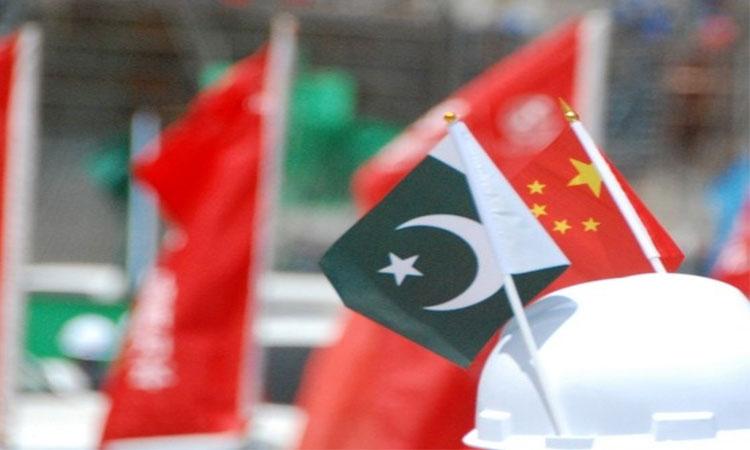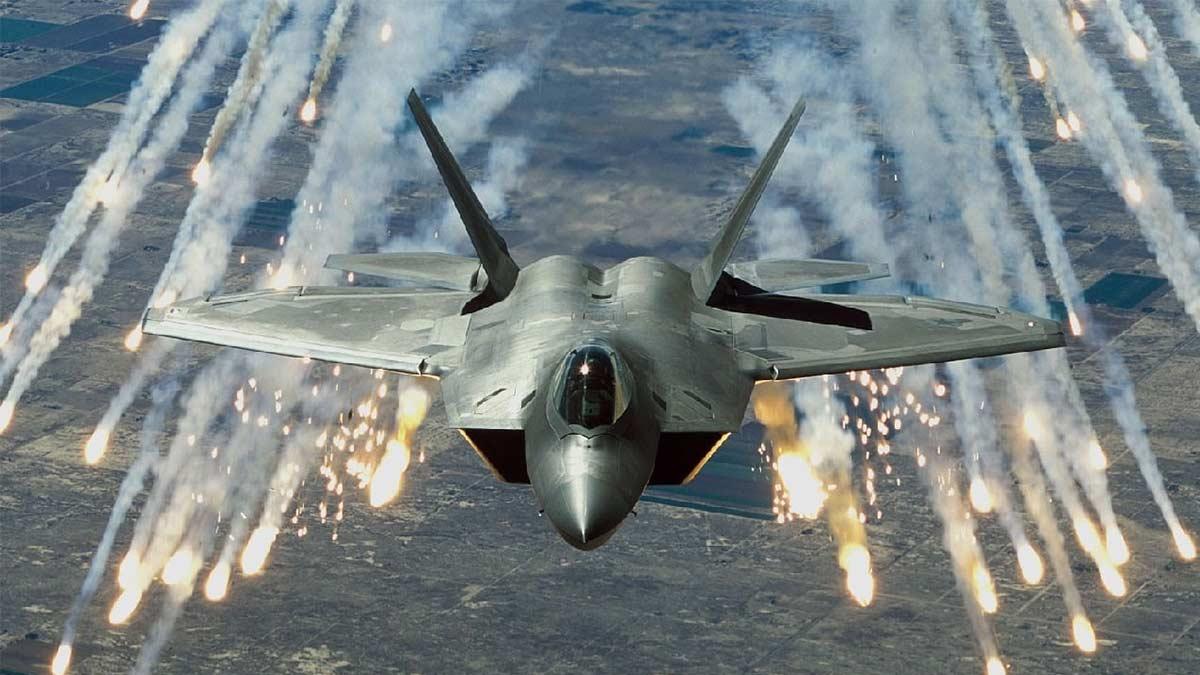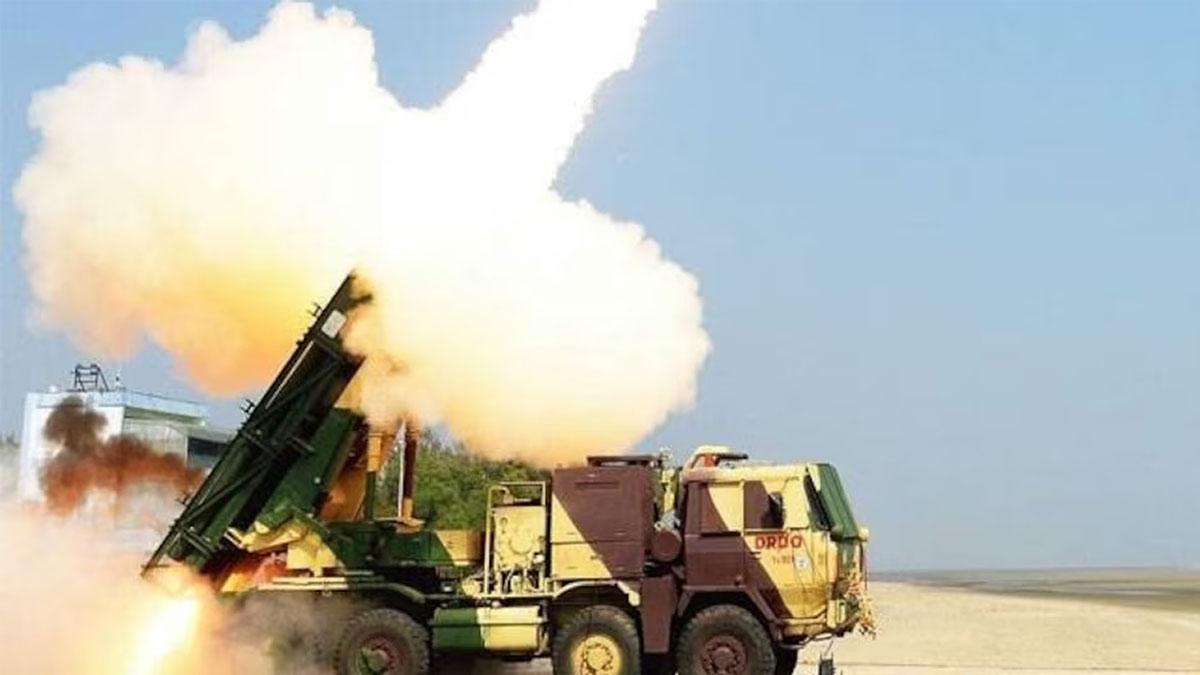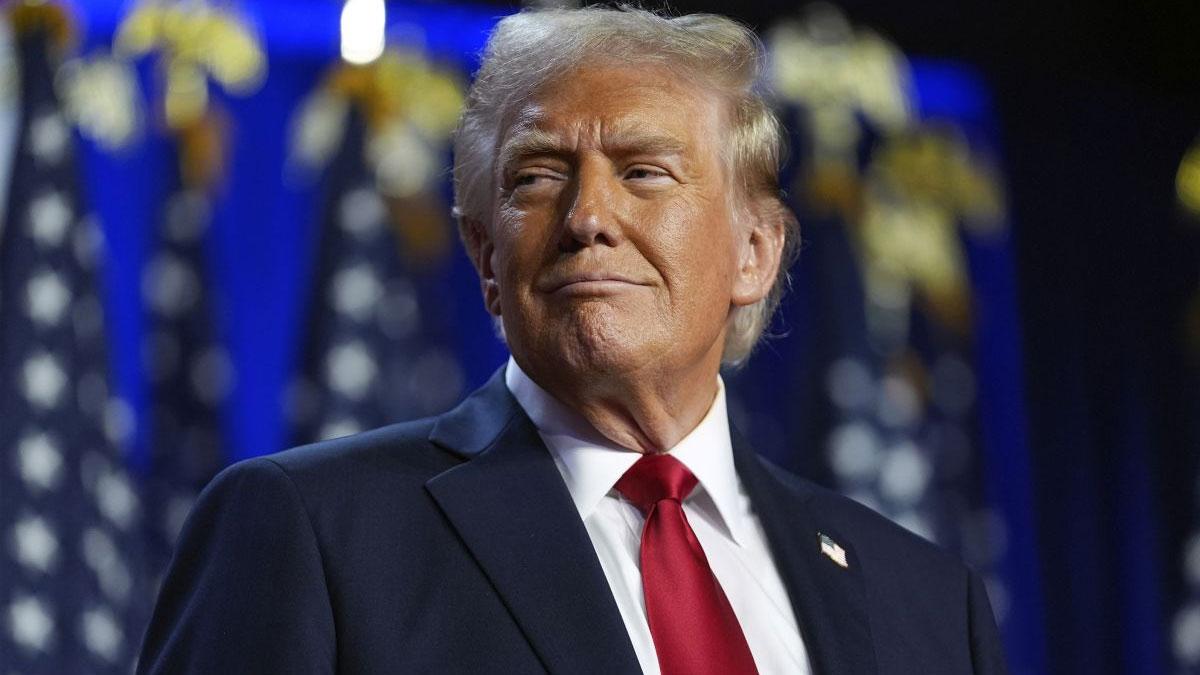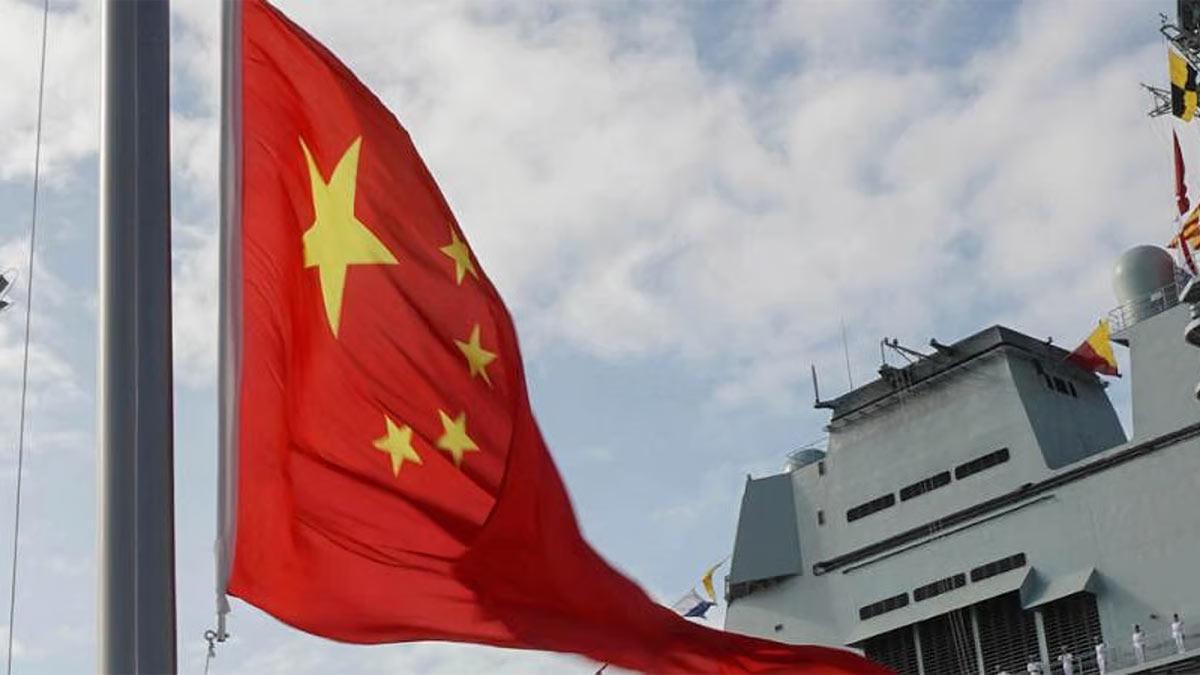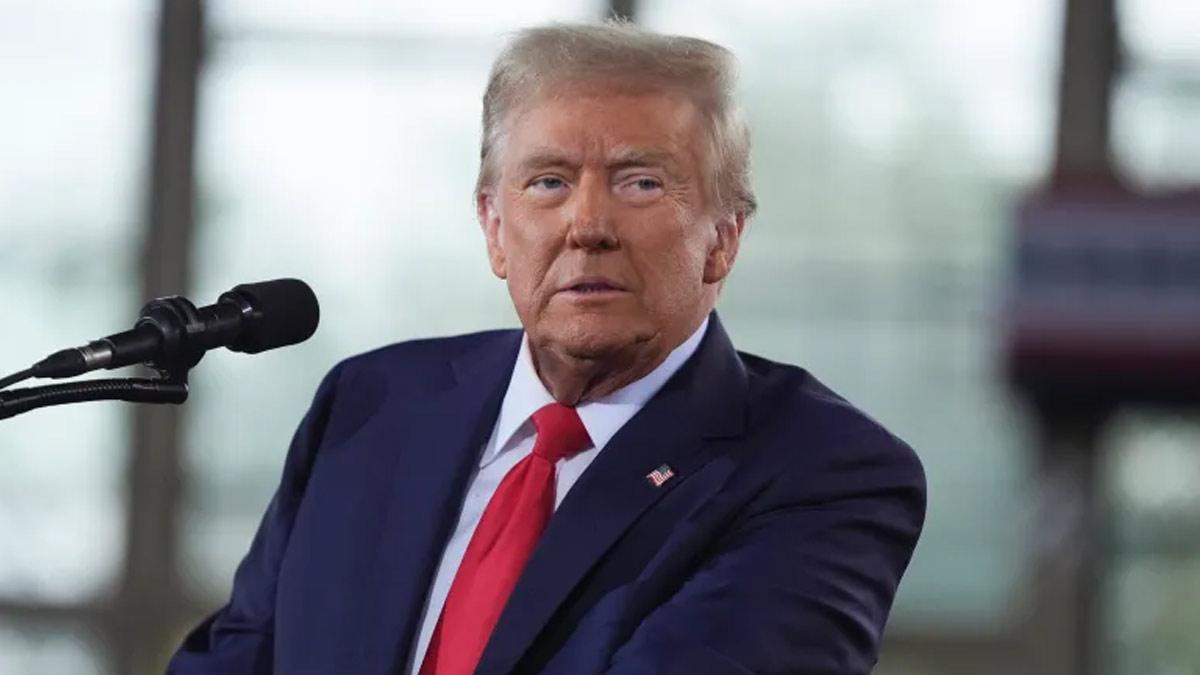In less than a decade, the China-Pakistan military relationship has arguably advanced from an episodic partnership to a threshold alliance, a report by the Washington-based US Institute of Peace has said.
Pakistan military's major defense equipment is increasingly sourced from China, especially the higher-end combat strike and power projection capabilities; and Pakistan continues to retire older US- and European-origin platforms.
Beijing's and Islamabad's militaries, particularly their air forces and navies, are growing more comfortable operating together, potentially in preparation for future missions.
And some variant of PLA Navy basing on Pakistan's western coast in peacetime may be only a matter of time and could pave the way for basing or co-location of forces, the report said.
Also Read | Another Mahatma Gandhi statue vandalised in Canada
In some ways, advances in the China-Pakistan military relationship may be outpacing what the US aspires to in many of its non-allied partnerships in the Indo-Pacific, including those with Vietnam, Indonesia, and India and even some of its treaty allies such as Thailand and the Philippines, the report says.
What evidence might suggest crossing the threshold to become an alliance, the report asks.
One indicator would be Beijing granting Pakistan more military aid and access to sensitive systems such as the J-20 stealth fighter or nuclear-powered attack submarines.
The militaries adopting a joint peacetime mission, for instance, a standing counter-piracy mission or a joint intelligence mission monitoring the North Arabian Sea or the Afghanistan-Pakistan-China border, could be another.
A third indicator would be mutual support-whether in the form of intelligence, munitions, sustainment, or military movement-to back each other in the event of a China-India or Pakistan-India border crisis, the report says.
A final signal might be PLA Navy deployment of maritime reconnaissance assets in Gwadar or a growing personnel footprint sufficient not only to sustain Pakistan's Chinese-origin submarines and ships but also to regularly supply and sustain PLA Navy ships so that they could remain "on station" in the Indian Ocean for longer periods of time.
Because these capabilities are built incrementally, there may be no obvious indicators until the reality of the alliance is revealed in a crisis, the report said.
Both civilian and military leaders have explicitly denied that Pakistan is drifting into Beijing's camp and have eschewed pressures forcing them to choose between relations with China and the West, but they may not appreciate how China's growing leverage will circumscribe their strategic autonomy.
Also Read | Richard Gere with US Congress members to build support for Tibet
Increasing influence on Pakistan's military and enabling technology may change incentive structures and constrain choices over time.
After the CPEC launch, Pakistan similarly declared it was not privileging economic relations with China over others; but the government failed to appreciate that the CPEC terms were locking out Western investors, the report said.

